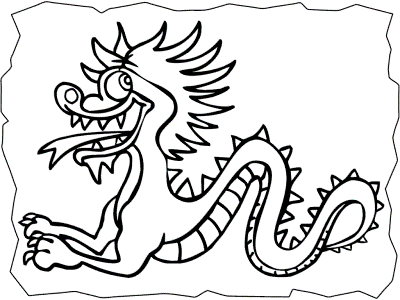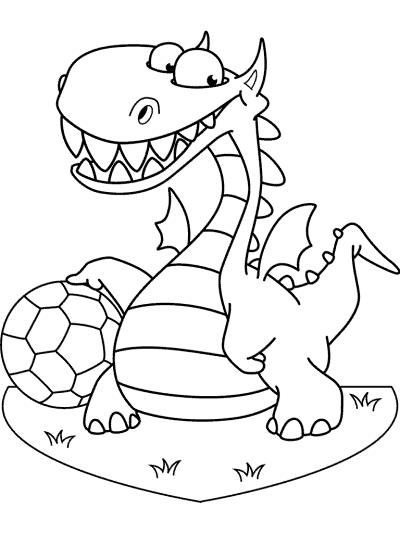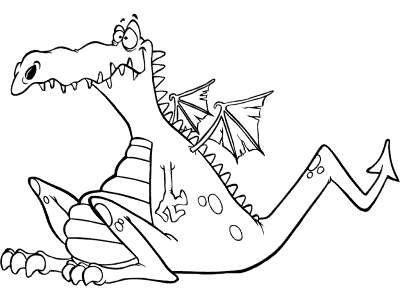Printable Activities > Coloring pages > Letter D · Fantasy-Myth · Monsters > Dragons · Page 1 [en español]
Animals > Legendary Creatures
Animals > Legendary Creatures
Dragons Coloring Pages
and Printable Activities @ First-School.ws
These dragon coloring pages and printable activities are suitable for toddlers, preschool, kindergarten and anyone interested in this legendary creature. These are suitable for a fantasy, fairy tales, Chinese New Year activities.
Page 2 >
Page 2 >
ABOUT DRAGONS:
Dragons are legendary and mythical creatures that continue to fascinates us, and there are distinct features to them in eastern and western cultures:
- Fierce Flyers: Both eastern and western dragons love to soar through the sky! Imagine a giant winged lizard that can whoosh through clouds. The eastern dragon doesn't have wings, it flies by using magic powers.
- Fire Power: Most dragons have a fiery side! Western dragons breathe fire, while eastern dragons might control fire or have fiery features like a mane.
- Scales and Size: Both are covered in tough scales, like armor! They come in all sizes, from small enough to perch on a mountain peak to enormous, bigger than a house!
- Lucky or Scary? Here's the big difference! Eastern dragons are often seen as wise and bring good luck. Western dragons tend to be more fearsome and guard treasure.
- Number of Legs: Western dragons typically have four legs and walk like a giant lizard. Eastern dragons might have legs, or no legs at all, and slither like a snake.
- Tails: Both dragons have long, powerful tails that help them balance in the sky. A Western dragon's tail might be spiked or clubbed, while an Eastern dragon's tail could be long and flowing, sometimes even forked.
Related coloring pages:
[Chinese New Year] [Fairy Tales] [Fantasy-Mythical] [Legendary creatures] [Monsters] [Letter D]
[Chinese New Year] [Fairy Tales] [Fantasy-Mythical] [Legendary creatures] [Monsters] [Letter D]

















